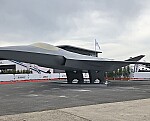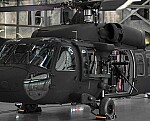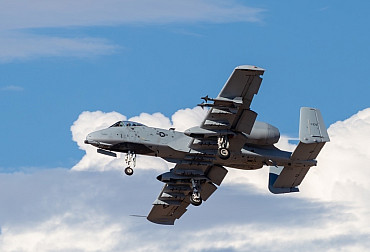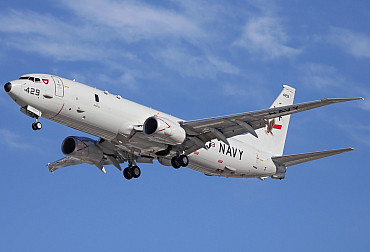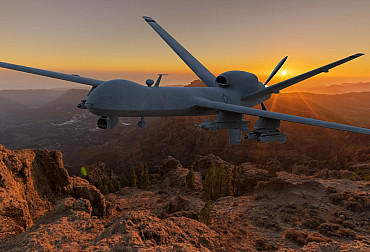UK unveils $5.7 billion military drone strategy inspired by Ukrainian conflict Insights
In an ambitious move to solidify its position as a global leader in military technology, the United Kingdom has unveiled a comprehensive military drone strategy, underpinned by a substantial investment of $5.7 billion over the next decade. This strategic pivot is not only a response to the evolving landscape of modern warfare but also a direct consequence of the insights gained from the ongoing conflict in Ukraine.

The new 11-page strategy document explicitly acknowledges the lessons learned from Russia's illegal war in Ukraine, emphasizing the critical role of uncrewed technology in future conflicts. The UK's strategy focuses on the development and deployment of long-range air and maritime strike drones, reflecting a significant shift towards unmanned systems in military operations.
Central to this strategy is the UK's commitment to investing in four distinct categories of drones: naval mine clearance, one-way attack drones, heavy lift drones, and Intelligence, Surveillance, and Reconnaissance (ISR) drones. This diversified approach not only enhances the UK's tactical capabilities but also addresses the complex challenges posed by advanced electronic warfare, as evidenced by the Ukrainian conflict.
The strategy document highlights the unprecedented challenges faced by logistic, find, and strike drone systems in Ukraine, particularly against sophisticated electronic warfare tactics. In response, the UK has established a new acquisition and support model, designed to rapidly deliver uncrewed systems to Ukraine, thereby ensuring operational relevance and adaptability in the face of evolving threats.
Moreover, the UK's collaborative efforts with both established and emerging drone companies have resulted in around-the-clock support cycles in Ukraine. This innovative approach allows for real-time data analysis and capability adjustments, ensuring that the UK and its allies can swiftly respond to changing battlefield conditions.
The recent commitment to supply Kyiv with thousands of First Person View drones, as part of a £200 million weapons package, underscores the UK's dedication to supporting Ukraine. This initiative is part of a broader European coalition effort to provide a substantial number of uncrewed systems to the Ukrainian forces, bolstering their defensive and offensive capabilities.
However, the strategy also cautions against complacency, noting that adversaries are rapidly advancing their uncrewed capabilities. To maintain a technological edge, the UK emphasizes the importance of continuous innovation, research and development, and strategic industry partnerships. The goal is to foster a resilient domestic drone industry capable of delivering cutting-edge technology and ensuring a robust supply chain for critical components and platforms.
Furthermore, the strategy outlines the UK's intent to prioritize national drone design and production, reducing barriers for small- and medium-sized enterprises and exploring synergies between civilian and military drone technologies. This inclusive approach not only strengthens the UK's industrial base but also opens up opportunities for international collaboration and export.
As the landscape of modern warfare continues to evolve, the UK's military drone strategy represents a forward-looking approach to defense and deterrence. By leveraging the lessons learned from Ukraine and investing in a diverse range of uncrewed systems, the UK aims to establish itself as a world leader in drone technology, capable of meeting the challenges of the 21st century.



